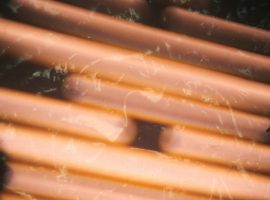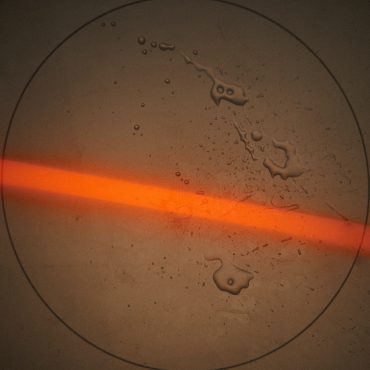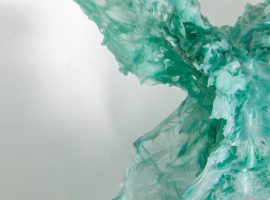The NuDye Process
HOW IT WORKS
A G E N C Y
100 billion articles of clothing are made every year. This comes at a huge cost to the environment, from the raw materials used to the industrial processes that support production. With NuDye, we are helping change the paradigm.




100%
LESS HARMFUL CHEMICALS
Textile dyeing pollution is more than simply dye and water. The industry uses up to 1.2 kilos of chemicals per kilo of fabric, only 50 grams of it being dye. Approximately 70 highly toxic chemicals are routinely used in textile processing, and around 30 are irretrievable.
The NewDye Impact
85%
LESS PRODUCTION TIME
For thousands of years, we used natural pigments; but in the industrial age, natural dyes were quickly out-competed by synthetic dyes in cost, scalability, and performance. At NuDye, we are circling back to nature and once again finding inspiration in its diverse palette. This time, however, we can do so without ever harming the environment, compromising on quality, or relying on supply chain availability.
View project





75%
LESS POWER CONSUMPTION
Sustainability is at the very core of what we do and we believe that for a technology to be truly impactful, it needs to be sustainable environmentally, financially and socially. As such, not only is our dyeing process eco-friendly and cost-competitive to conventional methods, but our model is designed to cause the minimum amount of social disruption to ensure we are not displacing people whose livelihoods depend on this industry.
View project
75%
LESS POWER CONSUMPTION
Sustainability is at the very core of what we do and we believe that for a technology to be truly impactful, it needs to be sustainable environmentally, financially and socially. As such, not only is our dyeing process eco-friendly and cost-competitive to conventional methods, but our model is designed to cause the minimum amount of social disruption to ensure we are not displacing people whose livelihoods depend on this industry.
View project


58%
LESS WATER CONSUMPTION
It is estimated that 20% of our world’s water pollution is caused by processes to treat textiles. One of these highly polluting processes is colorization or dyeing. Dyeing textiles produces up to 200 tons of polluted wastewater for coloring one ton of textiles. This wastewater is highly polluted because it contains chemical dyes, salts, detergents, heavy metals, and peroxides. These chemicals are for example required to ensure that the textile can better absorb the dye.
View project


